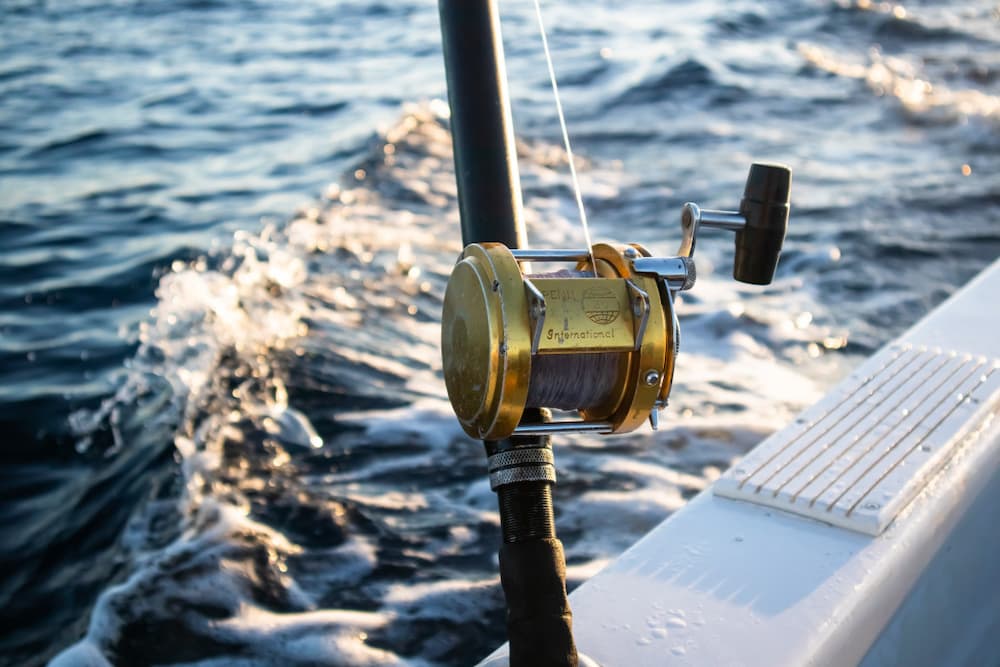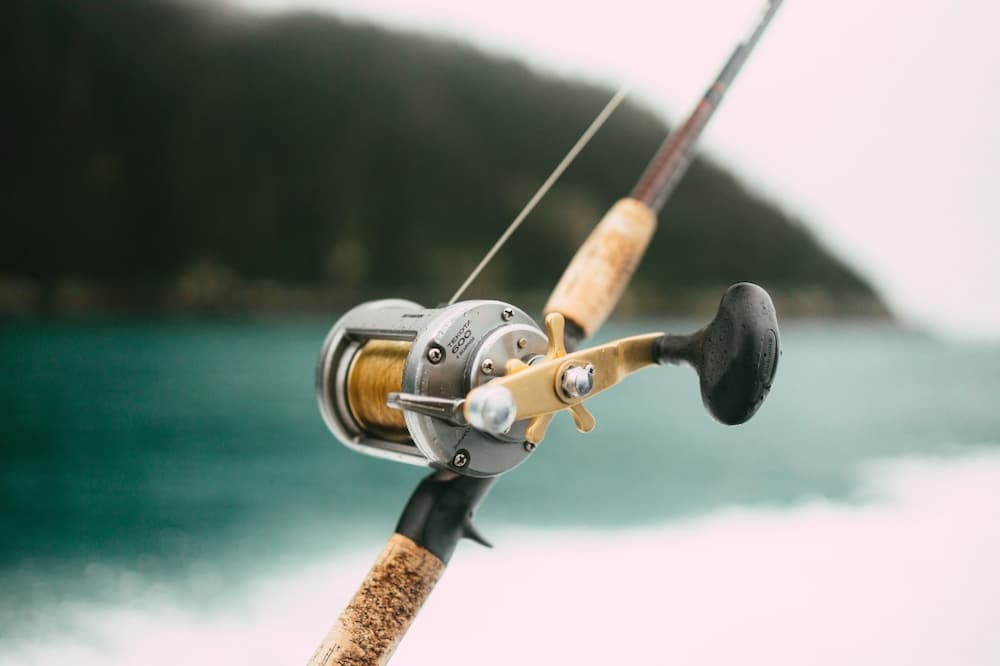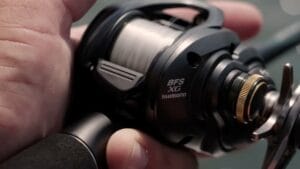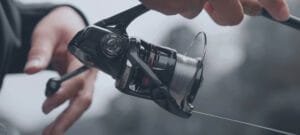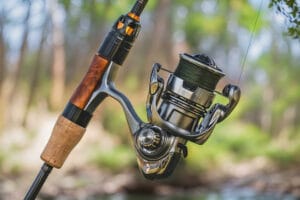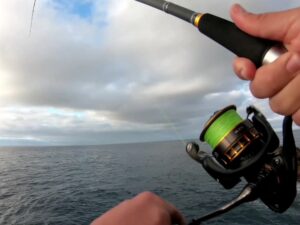The conventional casting reel, also known as a round casting reel, is shaped like a circle. In earlier days, these kinds of reels were used by professional anglers and belong to the baitcasting category typically. These conventional reels have a particular structure which is adjusted to have a particular force to spin.
Conventional baitcasters are still used today, but are typically reserved for large game fishing as they are big and bulky.
There have been some advancements with conventional reels over the years, but most of the focus has moved over to low profile baitcasters, as they are lighter and easier to work with.
Conventional reels are one of the oldest reel types in the market with some of the oldest designs going back to 1650 with the English Fishing Reel. Conventional reels are considered as the base for contemporary reels. They were designed to be used with conventional rods. Conventional reels are not very user friendly, which is another reason they have fallen out of popularity over the years.
What are Conventional Baitcasters?
According to Ernest Hemingway, “I’d rather have a pint of beer than a fifth of whiskey.” A traditional cast reel is similar to this. It is larger, heavier, and does a great job catching big fish. They are also easier to adjust and repair. Conventional reels are suitable for open water fishing, as they have a bigger structure and can hold more line.
Conventional reels can be found in many different sizes and shapes. The size of the reel is determined by the number of bearings and spool width. Conventional reels can be divided into two categories, which are the large bottom and small bottom conventional baitcasting reels.
- Large bottom: The weight of the larger two thirds of the reel is further away from the spool, which creates a more even braking effect. This type of reel is ideal for large open water fish.
- Small bottom: The small bottom reels have the weight distributed around the spool. Small bottom reels are much lighter and more suitable for finesse fishing.
How Do You Use Them?
Conventional reels are not as easy to use as low profile or spinning reels.
To make your cast, make sure that the spool is properly aligned with the direction you’re casting in.
Next, place your thumb on the spool. This “power grip” controls the spool and the handle by the worm gears which are located on the top opposite each other. The worm gears need to be turned in order for the reel to be open. Then, you can place the line on the spool.
When you are ready to cast the line, bring the reel and rod behind you and swing it forward while holding down the spool engagement lever. This forward motion will propel the line forward into a cast.
Benefits
Conventional reels have a lot of advantages, such as:
- Good for large fish
- Less expensive
- Easy to repair
- Allow for better hook sets
- Come in many sizes and designs
- Require less maintenance
Disadvantages
- Conventional reels can have some disadvantages, such as:
- Large and bulky
- Not suitable for finesse fishing or smaller fish
- Not versatile.
- Not as user-friendly as other reels.
- Less advanced than other baitcasting reels.
Parts of a Conventional Reel
Mounting lugs: The mountings are located at the top of the reel. These protect the reel from physical damage and also help to align the spool. The mounting gap is where the reel is attached to the rod.
Spool tensions knob: This knob is located on the top of the reel. When the knob is tightened, it makes the spool tighter. You can loosen the spool by turning the knob in the opposite direction.
Gear adjustment: An adjustment hole is located on the face of the reel. The hole is used to adjust the worm gear though you can not adjust your gear ratio.
Handle: The handle is located on the base of the reel.
Drag settings: The drag is located on the back of the reel. The drag allows you to adjust how hard you need to pull to fight the fish.
Spool: The spool is located on the bottom end of the reel. The spool holds your line and the bail.
Body: The body is the base of the reel. It is the largest part of the reel.
Brake system: The brake system is located on one side of the reel. The brake system allows you to adjust how quickly the spool decelerates after a cast.
Level wind system: The level wind system is located on the other side of the reel. It allows you to control how tight or loose the line is on the spool.
Conclusion
Conventional reels are not the most popular choice in today’s day and age. Most anglers prefer to use a baitcasting reel that is lightweight, small, and simple to use. Conventional baitcasters are still used today, but are generally not used for finesse or smaller fish. They are best used for large fish in open water.

